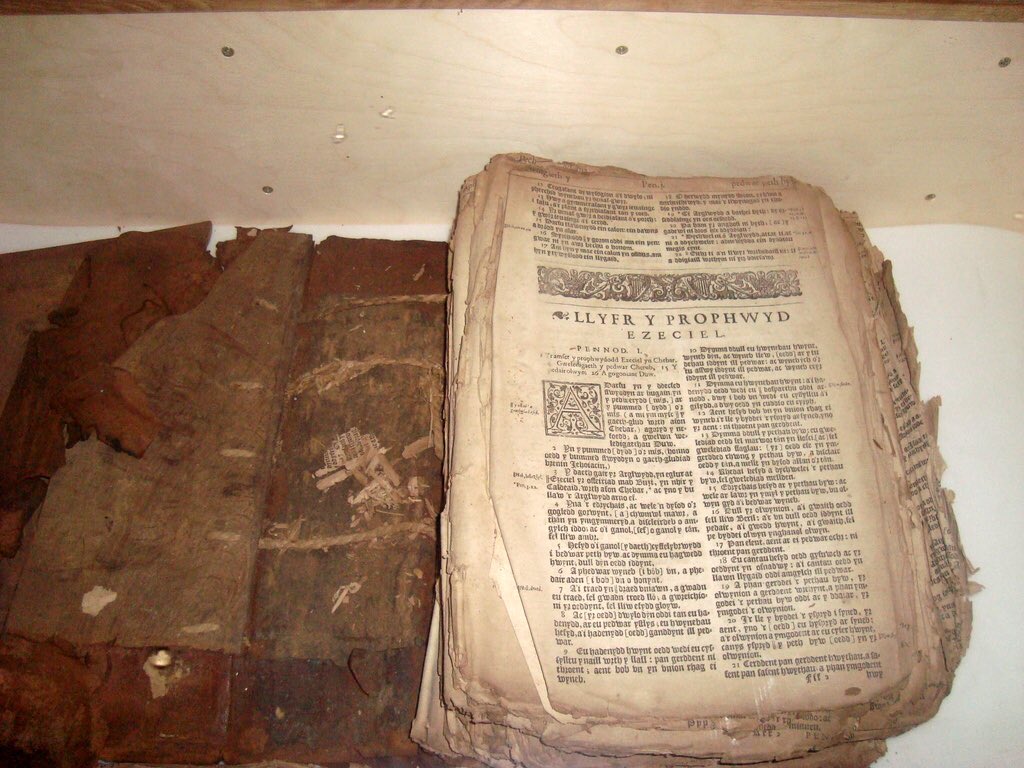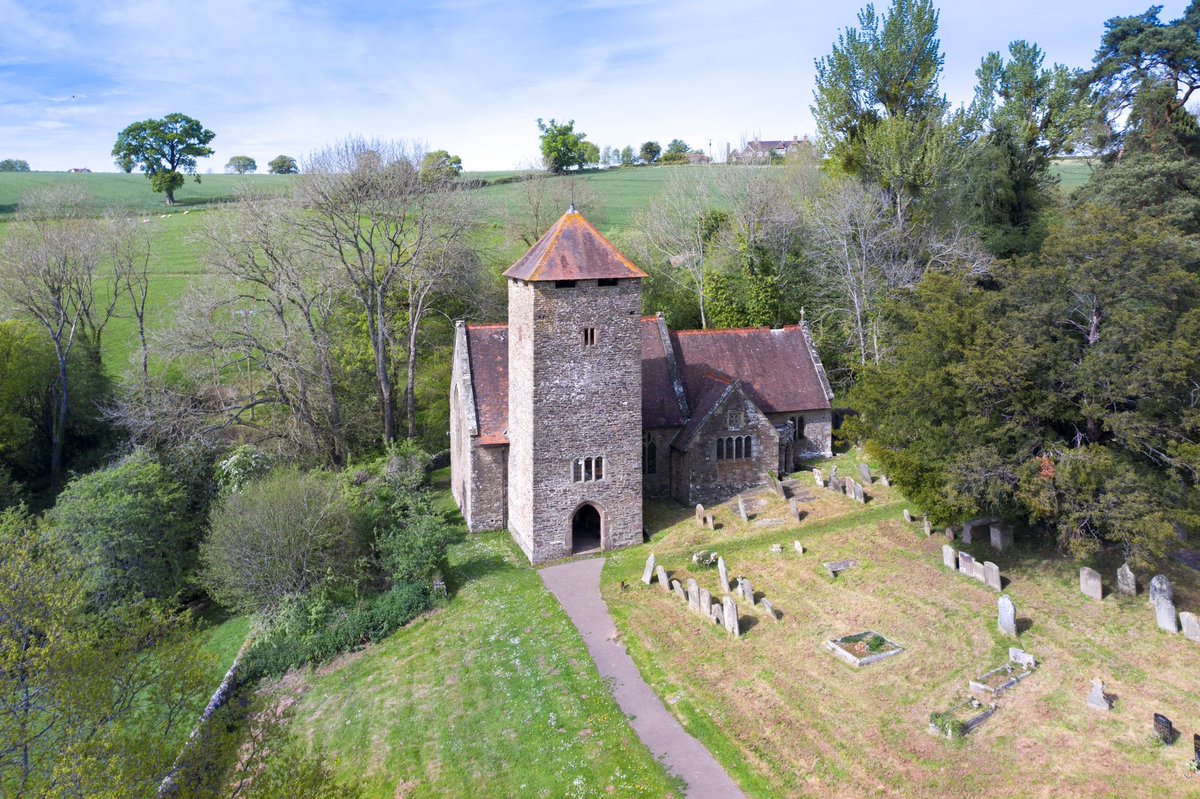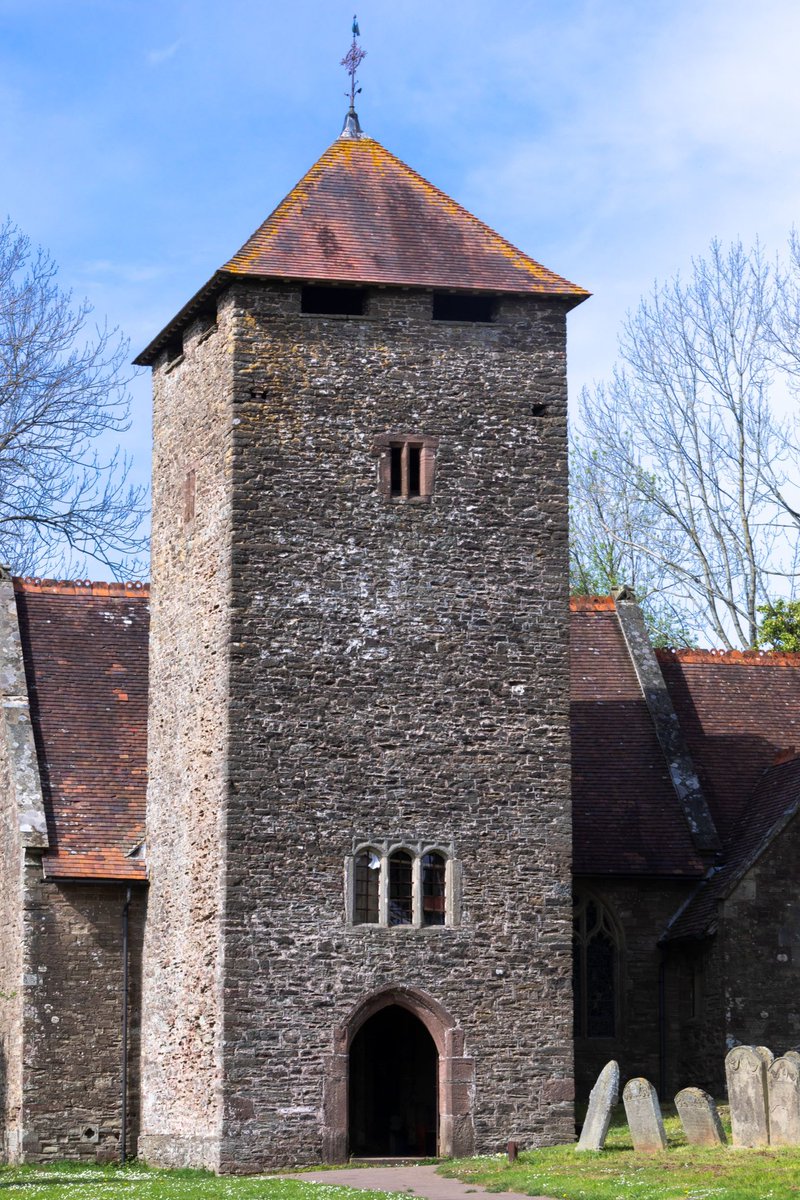
In some churchyards you might discover these black, bulbous balls growing on trees.
They’re known as King Alfred cakes, cramp balls or coal fungus… because a king possibly burnt some buns in the 9th century, they warded off cramp and because they’re good firelighters.
#thread
They’re known as King Alfred cakes, cramp balls or coal fungus… because a king possibly burnt some buns in the 9th century, they warded off cramp and because they’re good firelighters.
#thread

The nickname King Alfred cakes comes from the legend of how, in a bid to escape the Vikings, King Alfred fled to the Somerset Levels, where a peasant woman gave him refuge.
2/
2/

Unaware of his majesty, the woman tasked Alfred with keeping an eye on some buns as they baked. Alfred was a bit preoccupied, forgot about the buns… and they burnt!
🖼: King Alfred burning the cakes, Sir David Wilkie, 1806
3/
🖼: King Alfred burning the cakes, Sir David Wilkie, 1806
3/

It’s not a far stretch to see these black botryoidal fungi as charred cakes. Tho, it’s uncertain whether there’s any truth in the burnt buns story, as the first written evidence for it dates to a hundred years after Alfred’s death.
4/
4/

These fungal swellings are also known as cramp balls. In the Middle Ages, they were carried as charms to protect against cramp and fever.
5/
5/

Perhaps most interesting, isthe fungus’s role in prehistory as a firelighter. An archaeological excavation of a 7,000-year-old settlement in Spain found remains of this ‘coal fungus’, which was used as kindling.
6/
6/

The botanical name for these prehistoric protuberances is Daldinia concentrica. It is a saprotroph – that is, it lives off dead and decaying wood. When cut open, the silvery black interior is formed of concentric rings.
📸: björk s...
7/
📸: björk s...
7/

• • •
Missing some Tweet in this thread? You can try to
force a refresh



















